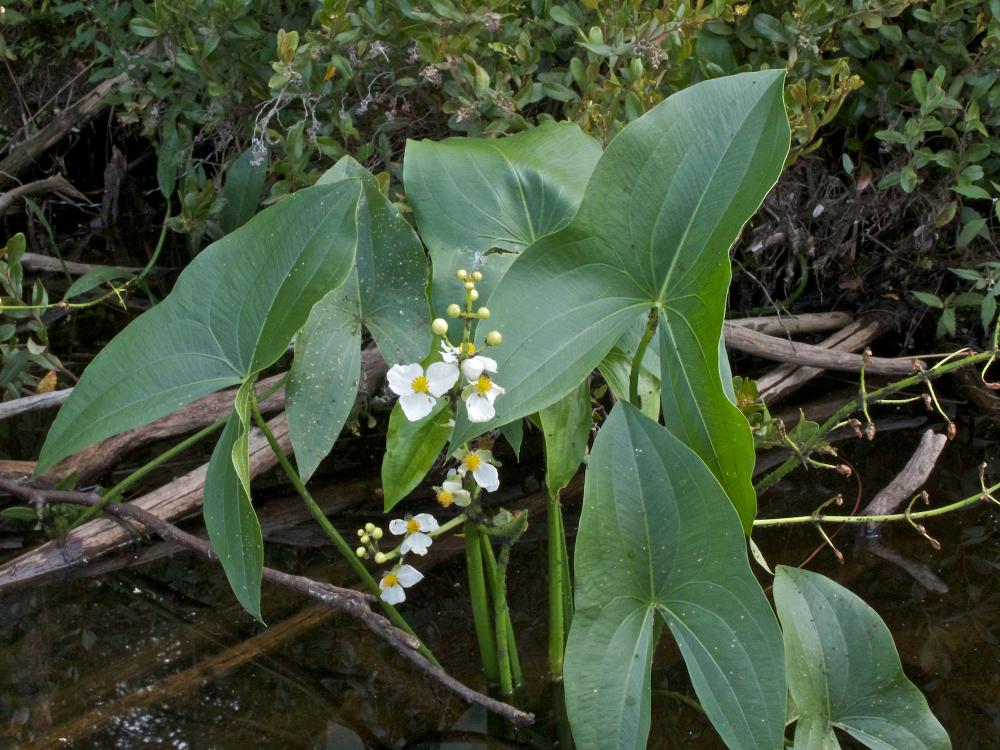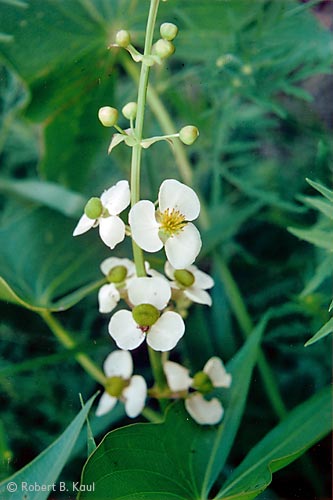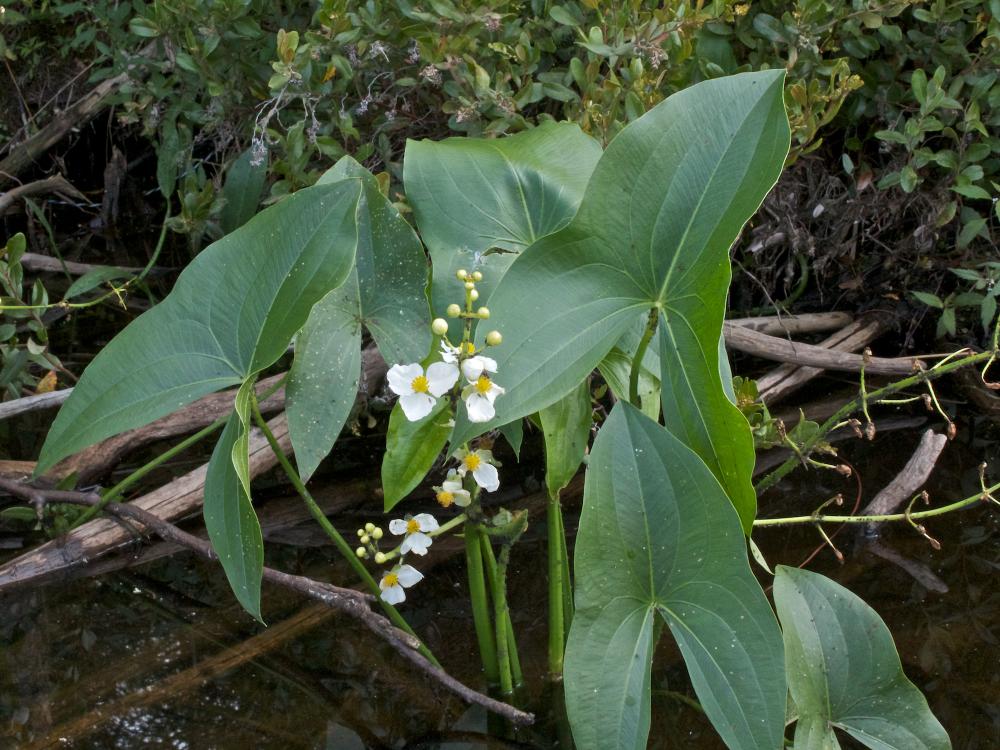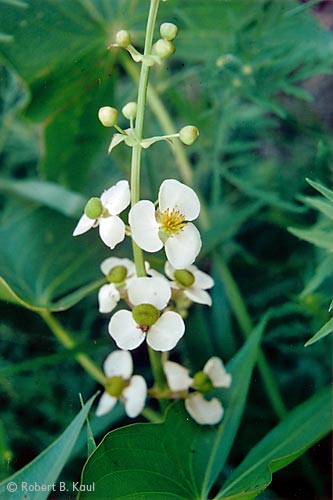Arrowhead - Sagittaria latifolia
Arrowhead - Sagittaria latifolia
Couldn't load pickup availability
Sagittaria latifolia is also known by several common names, including Duck Potato, Wapato, Arrowhead, and Katniss. It’s an aquatic plant that's easy to grow for a water garden or just a small container kept wet. They are easiest to harvest in containers, as soon as the leaves die back in late summer. A single bulb will quickly multiply in the right conditions. Available September-November and April-May.
Cultivation: Plant in a watertight container, at least 2 feet deep, half-filled with fairly heavy soil (combine clay, sand, and compost for best results), top up with water. We grow ours in large 50-100 gallon containers, as well as in a few ponds, but we have grown them in much smaller containers. Keep in full sun and the plant will quickly produce large, arrow-shaped emergent leaves, followed by beautiful white flowers in June-July. The leaves then die back and you can harvest all but a few of the tubers. Plant in spring in an above-ground container (then bring in tubers before frost, they keep well in a cool basement, buried in sand or peat), or in the fall in an outdoor pond or partly buried container.
Food preparation: Best in soups and stews, where it keeps its shape and retains its flavour. Can also be used in casseroles and stir fry. Sagittaria latifolia is very similar (almost identical, in fact) to the Arrowhead vegetable frequently available in Asian markets. A number of arrowhead recipes from China (where it is an important part of Chinese New Year) and other parts of Asia can be found online:
http://cheah2009.blogspot.ca/2012/02/arrow-head-leeks-and-roast-pork-stir.html
http://www.epicurious.com/recipes/food/views/Creamed-Katniss-Tubers-395210
http://www.a1-asianrecipes.com/hakka-corner/stew-arrow-head-pork.php
Huai Shan & Arrowhead Chicken Soup
Ethnobotany: Widely used as a staple throughout North America, Sagittaria was an important food for a number of tribes. Where conditions are right, it can be very abundant, easy to harvest (though not necessarily pleasant, since it involves wading into swamps in October!), and self-perpetuating. The plant was considered sacred in some cultures. Closer to us, the Sagittaria mythology is still alive, with the recent success of the Hunger Games books and film, where the main character is named after the plant: Katniss. 🏹
Share




